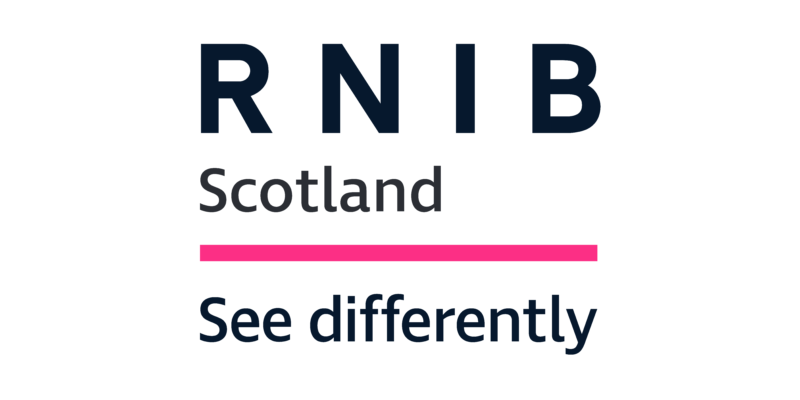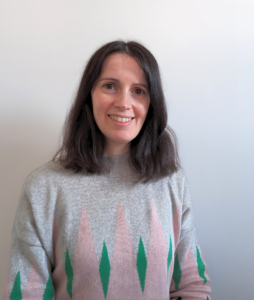
When we think about accessibility in health and social care, physical adjustments like ramps or braille signage might come to mind. But true accessibility runs much deeper – it’s about how services are designed, how information is shared, how technology is used, and ultimately, how people feel when they interact with health and care systems.
The annual Scottish Vision Strategy Conference 2025, hosted by the Royal National Institute of Blind People (RNIB) Scotland in Glasgow later this month, will put accessibility front and centre, making it a principle for how we should build the future of eye health and care. We’ll hear about ground-breaking research and how the voices of lived experience are integral to combatting health inequalities.
Technology
Technology is transforming how we access health and care. Inclusive digital tools can improve outcomes and help tackle inequalities, especially in eye health.
Vision home testing is transforming eye care by making it easier and faster to detect eye problems and prevent sight loss. A remote assessment of children’s visual acuity, using a computer, tablet or smartphone, reduce the need to go into hospital. At the same time,
optometrists, ophthalmologists and researchers are working together with IT experts to securely transfer retinal images from optometry. This collaboration helps us understand how eye and systemic diseases develop – opening the door to earlier intervention. But innovation alone isn’t enough. Services must also be shaped with the people who use them.
Co-design
Co-producing and co-designing our future eye care services should be firmly rooted in healthcare practice. Listening, learning and including people’s experiences of living with eye care needs is essential if services are to be person and relationship centred.
Influential research is shaping the way healthcare is delivered, to reduce health inequalities, by putting the people and communities who need it the most, first. For example, by changing the language of Did Not Attend (DNA) to be more people-focused, health services can begin to step away from the medicalisation of care and begin to understand the wider social factors that can stop someone from attending appointments.
Evidence from maternity services shows how mothers with sight loss can face unfair assumptions from health professionals about their ability to care for their children. Collaborative engagement between maternity services, parents and RNIB is leading to interventions being adapted which will make the transition to parenthood more inclusive and accessible. Read Navigating Motherhood with Sight Loss-Voice of the Consumer Report 2025.
Communication
Clear, inclusive communication is a gateway to accessing all our rights. Whether written, spoken, online, or face-to-face, information needs to be accessible for everyone. The Charter of Patient Rights and Responsibilities sets out what people can expect when using NHS services, including everybody’s right to be informed about and involved in decisions about their health care and to clear and open communication about their treatment. A new campaign is shining a light on the need to design for inclusive communication now, so that in future, everyone lives well, without discrimination.
Accessibility isn’t just about information; it’s also about how people access venues, such as hospitals. By asking individuals how they wish to be supported, venues can begin to ensure every person who attends feels welcomed, valued, and respected.
Integration and data
The third sector is a vital partner in integrating lived experience in re-shaping health systems. A decade on from bringing together NHS Boards and Local Authorities to plan, commission and deliver a range of services in their areas, we’ll hear how the journey towards health and social care integration has shown how voluntary organisations bring lived experience, expertise and knowledge that can transform services.
A lack of data and statistics about eye health and care is potentially risking gaps in service provision. A new ground-breaking international study is beginning to show how vision rehabilitation impacts quality of life, anxiety, depression, and falls. The study has the potential to significantly impact service delivery and drive service change in the years ahead.
In conclusion
At the centre of eye health and care, lived experience must guide how services evolve. By putting accessibility first, we can build health systems that work better for blind and partially sighted people, and in doing so, create inclusive services for everyone. The voluntary sector is a key partner and plays an essential role in ensuring these voices are heard and acted upon.
 Laura Jones is the NHS Engagement Manager at Royal National Institute of Blind People (RNIB) Scotland
Laura Jones is the NHS Engagement Manager at Royal National Institute of Blind People (RNIB) Scotland
